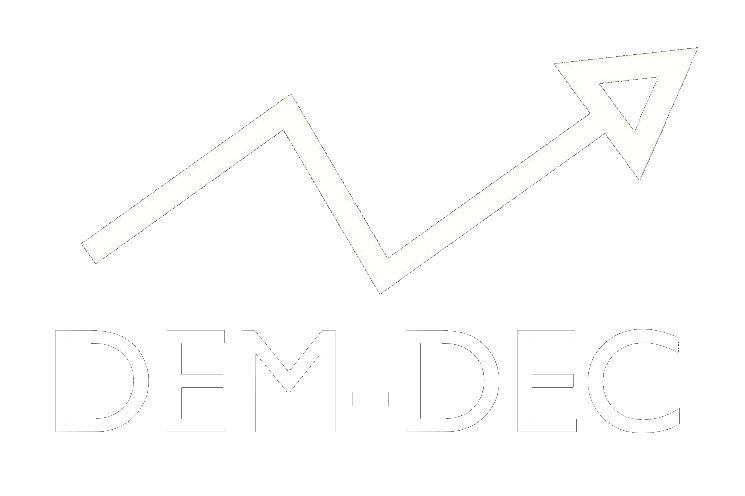Link here
RSVP for Zoom meeting link via francesco.veri@canberra.edu.au
As the COVID-19 crisis rapidly escalated in the United States, Congress needed to pivot from its normal representational activities to: 1) find ways to disseminate reliable information regarding the crisis, 2) find ways to gather relevant information about the rapidly evolving needs of their constituents to inform responsive legislation, and 3) encourage compliance with public health measures. We were in the field running experiments with Deliberative Town Halls (DTHs) when the pandemic hit. So we quickly adapted the structure of the standard DTH model to facilitate the kinds of interactions called for by the crisis: whereas pre-COVID-19 DTHs focused on a single issue with a single member of Congress, the COVID-19 events often featured a bipartisan pair of members, participating alongside subject matter experts. This structure vividly communicated bi-partisan messages regarding public health compliance, sent credible signals about the information being provided to constituents of both parties, and reassured them that normal partisan jousting would not interfere with the crafting policy to manage the urgent needs of the crisis. They also allowed members to gather the information necessary to develop policies that would be responsive to needs as articulated by their constituents. They also allowed constituents to express their opinions and feelings on COVID-19 related policies, Congress’s handling of the pandemic, and the personal struggles they had faced as the effects of the pandemic unfolded.
N.B. – 1) This presentation is based on joint work with Abigail Kielty and Amy Lee; 2) the analyses are preliminary and largely descriptive at this point; and 3) I will begin the presentation with a more general overview of the research strategy behind the larger connecting to Congress project.
